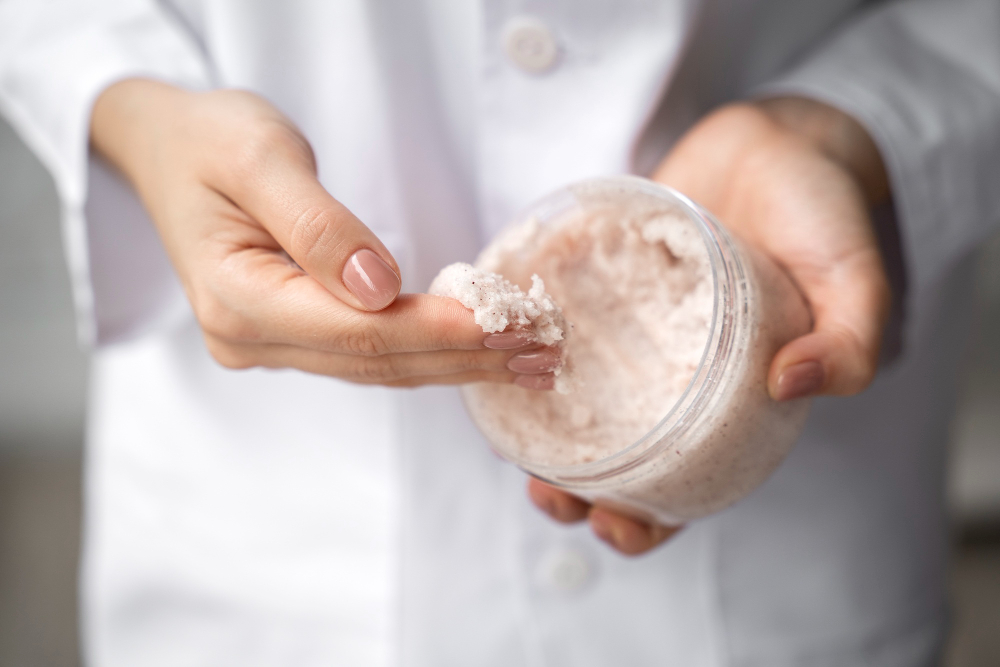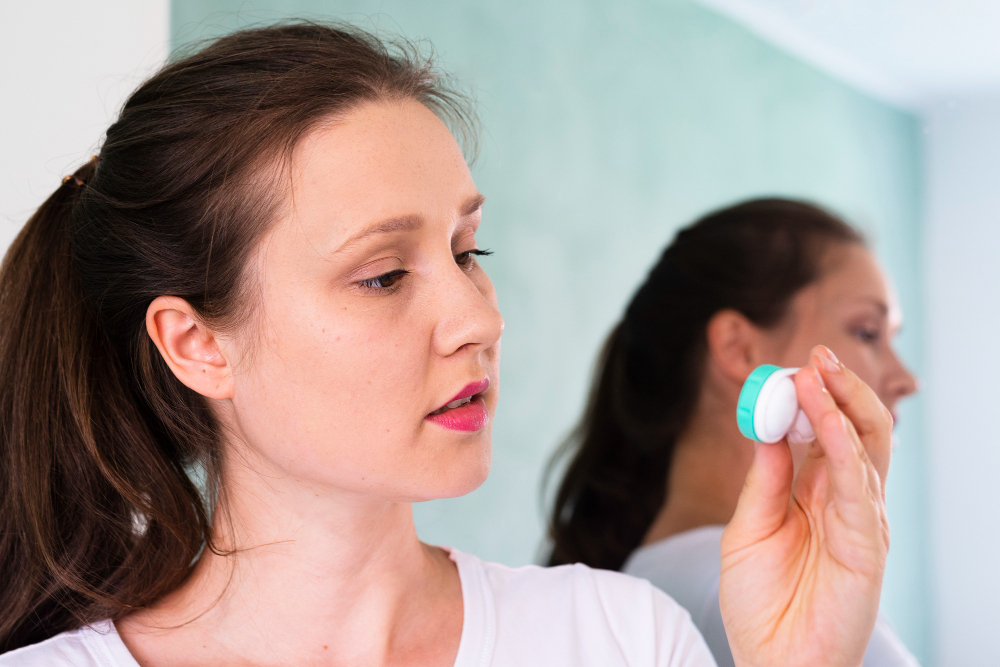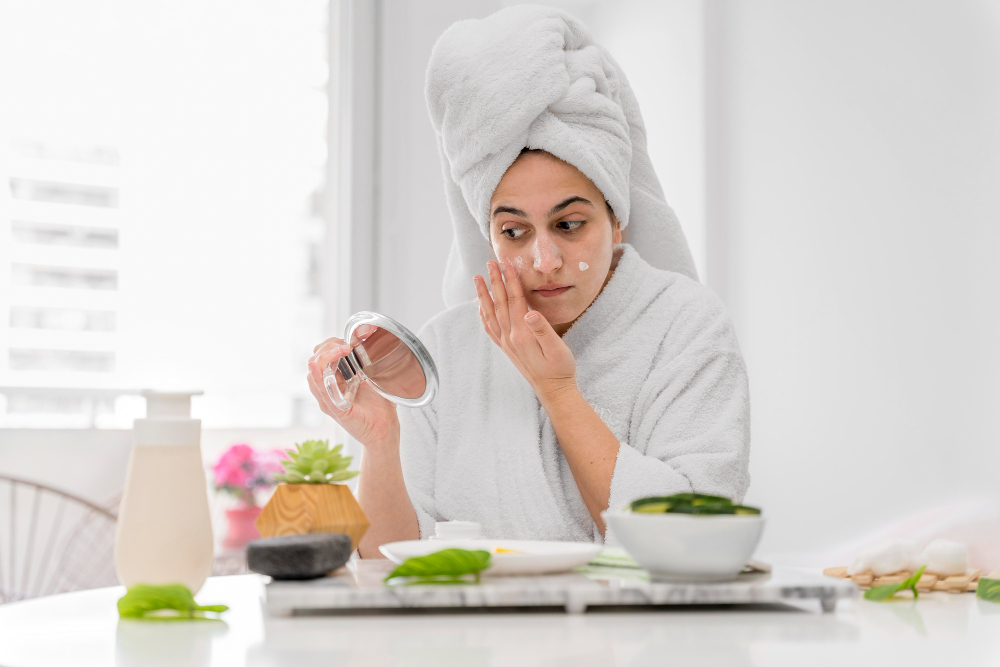During the evolution of skincare, we’ve seen almost everything, ranging from snail mucin to CBD oil, take the spotlight. But lately, there’s a surprisingly new (or rather, old) contender demanding attention beef tallow for the skin. What once was a staple in orthodox beauty routines, beef tallow is now being reclaimed by the likes of clean beauty enthusiasts, dermatologists, and social media influencers. But what exactly is beef tallow for skin?
Table of Contents
ToggleWhat Is Beef Tallow for Skin?
In a nutshell, beef tallow is the rendered fat of cows, generally obtained from the area surrounding the kidneys (referred to as suet). When this fat is slowly melted, the impurities and water are eliminated, leaving behind a clean, shelf-stable product that features a creamy, balm-like consistency. Traditionally, humans utilized tallow for everything from cooking to candle-making and yes, as a skin salve, ages ago before the advent of commercial moisturizers.
So what is skin beef tallow today? It’s being welcomed as a single-ingredient natural moisturizer, saying it hydrates deeply, calms inflammation, and replaces plant oils to mimic better our own skin’s sebum. Some also report it having turned their entire complexion around kissing goodbye dryness, eczema, and redness for an airy, glowed-up softness.
Why Is It Trending?
The surge in interest can be traced back to social media. On Instagram and TikTok, content creators are posting before-and-after photos of dramatic changes in their skin after applying tallow-based balms. There is something more real and attractive about abandoning chemical-based products for one old-time ingredient that is more “ancestral” and in touch with nature.
Even well-known health influencers like Paul Saladino and companies like Primally Pure and Toups & Co. are advocating beef tallow for skin care. The concept falls within a bigger trend that involves whole-food eating, regenerative farming, and clean beauty.
Is Beef Tallow Good for Your Skin?

Let’s get into the scientific anecdotal aspect of beef tallow. Is beef tallow good for your skin? The answer appears to be heavily dependent on the type of your skin, moral limits, and how willing you are to experiment with animal-based products.
Science says beef tallow is full of nutrients which are beneficial for your skin:
You can find fatty acids like conjugated linoleic acid, stearic acid, oleic acid, and palmitic acid in beef tallow. These guys mitigate inflammation, make sure no moisture dares escape, and provide support to the barrier of your skin.
You will find beef tallow jam-packed with many vitamins, including but not limited to Vitamin D, responsible for boosting your skin’s regenerative powers; Vitamin K, which helps your skin defend itself against irritation or redness; Vitamin E, which is an antioxidant; and Vitamin A, which, just like Retinol, improves cell turnover. Interestingly, the composition of beef tallow is eerily similar to the natural oil produced by our skin.
Real-Life Benefits
Real-Time Benefits
Some of the benefits of beef tallow include:
Deep moisturization: According to numerous customers, beef tallow is the only substance that actually works in softening their cracked or dry skin, especially during winter.
Soother for eczema and dermatitis: Due to its anti-inflammatory nature, some individuals suffering from chronic skin conditions have reported relief using products containing tallow.
Restoration of the skin barrier: Individuals afflicted by over-exfoliating, sunburns, or damaged skin barriers tend to experience noticeably improved texture and strength.
Few ingredients: With the focus on preservatives and synthetic chemicals, many people welcome that tallow is a basic, whole-product item.
On the Organic Beauty Lover blog, one woman tracked her 30-day experience using beef tallow skincare. Her outcome? Softer, more moisturized skin with reduced breakouts, although she mentioned quality sourcing and tallow purity did make a difference.
Who Should (and Shouldn’t) Use It?
While beef tallow is full of potential, it’s not for everyone.
Dermatologists such as Dr. Whitney Bowe warn that while tallow is rich, it’s also extremely comedogenic or pore-clogging—particularly for those with acne-prone skin or oily skin. That being said, not everyone breaks out, and some even notice clearer skin because of the decreased reliance on synthetic moisturizers.
There is also the issue of scent and texture. Tallow carries a faint “meaty” smell that repels some people. While numerous products are whipped with essential oils such as lavender or chamomile to neutralize the odor, it may take getting accustomed to.
And, naturally, we can’t overlook the environmental and moral issues. Others see the use of animal fats as being at odds with cruelty-free or vegan living. In addition, according to Vox, critics argue that the trend for animal-based beauty products could be indirectly responsible for contributing to factory farming and sustainability problems if not responsibly sourced.
For morally aware people, the best option is to choose tallow from grass-fed, pasture-raised cattle—ideally from regenerative farms that use the entire animal and aim to reduce waste.
How to Integrate Beef Tallow in Your Routine
- Start small. Try a small patch test on your inner arm or behind your ear to see how your skin reacts.
- Use at night. Tallow balms are dense and work best at night as a last step in your skincare routine.
- Seek clean formulations. Select products that do not contain additives, preservatives, and artificial fragrances.
- Store properly. Tallow is shelf-stable but must be stored away from intense heat and direct sunlight.
Creating your own tallow balm isn’t hard either. You just need to render some fat and then whip it up with either jojoba oil or shea butter (whichever suits your fancy) for increased softness.
Closing Thoughts
Whether it becomes your holy grail or a one-time trial, it’s a good example of how the beauty world tends to find wisdom in the past.
So, to answer the question, is beef tallow good for your skin? For the vast majority, yes. It’s moisturizing, contains helpful vitamins, and is not complex to apply. But just like with every skincare fad, what will work for someone may not necessarily work for others.















